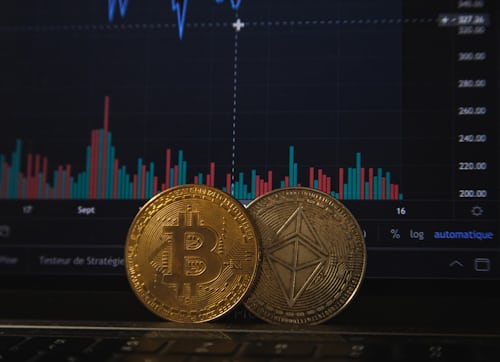In the following, the process of a CFD transaction will be outlined in slow motion. The differences between various market models are taken into account.
CFD trading with DMA brokers
With DMA brokers, the settlement prices of contracts for difference are based on the prices of other reference exchanges. The broker grants his clients insight into the order book of the reference exchange. However, the customers place their orders directly in the order book only visually, not legally and technically.
Instead, the order is placed in the order book mirrored on the broker's servers. Once the order has been received by the broker, he forwards it in real time in his own (!) name to the reference exchange, where it is executed in accordance with the execution guidelines of the exchange. The price achieved on the exchange also serves as the settlement price for the contract for differences.
Reference exchanges and MTFs
Many DMA brokers provide their clients with multiple sources of liquidity. In addition to the major reference exchanges, these can also be so-called multilateral trading facilities (MTFs). These are off-exchange trading networks that are subject to a certain degree of regulation.
This distinguishes MTFs from ECNs in FX trading. As a rule, the user interface of DMA brokers is designed in such a way that traders either select the source of liquidity themselves or execution takes place automatically at the most favourable price available. If underlyings such as shares are traded via conventional online brokers, it is also possible to choose between different exchanges.
However, investors must then decide on an exchange in advance of the order.
Execution at the best available price
In the best case, DMA brokers use advanced technology and combine orders on different trading venues. In this way, orders are placed in several order books and all other orders are cancelled when they are executed for the first time on one trading venue. You can check it on your own in https://exness-ar.com/. Whether this is actually the case depends again on the individual broker.
The broker places the orders on the reference exchange in his own name and creates a contract for difference between himself and the customer after execution. Ideally, the course of the order can be traced in the order book. Then it is ruled out that the broker combines or nets several customer orders with each other and thus has the characteristics of a market maker.
CFD trading with market makers
Market makers do not forward their customers' orders to an exchange or another source of liquidity, but execute them themselves by taking the counter-position. The settlement price of the contract for difference is thus determined by the market maker himself and is not subject to the rules and regulations of an exchange.
Rather, the market maker calls a price on its trading platform, which investors accept by placing an order. What exactly happens behind the scenes is beyond investors' insight. As a rule, the market maker first balances the in-house orders of his clients.


Great job Andrew! This is a really solid interview. Cheers.